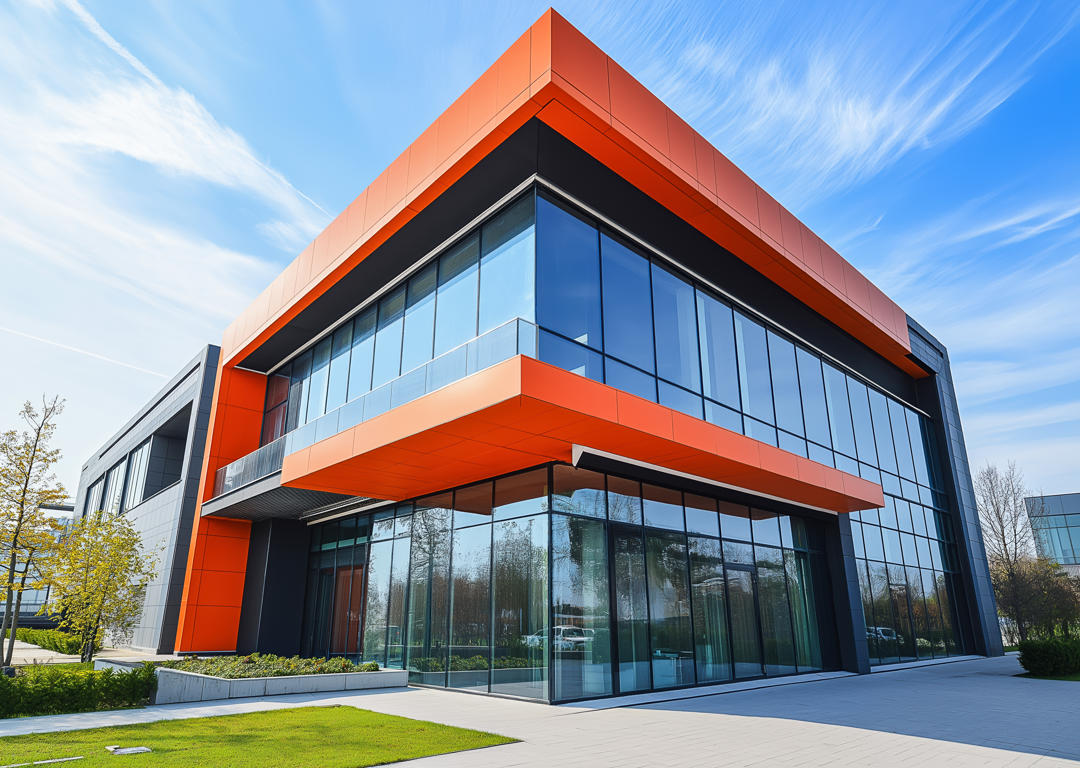
Energy efficiency is a top priority for commercial property owners and business operators looking to reduce operational costs and meet sustainability goals. Insulation plays a crucial role in improving a building’s thermal performance, minimizing energy waste, and ensuring a comfortable indoor environment.
The Role of Insulation in Commercial Energy Efficiency
Commercial buildings account for a significant portion of energy consumption in the U.S., with heating and cooling representing a major share of operational expenses. Poor insulation can result in:
- Higher Utility Bills – Excessive heat loss in winter and heat gain in summer increase HVAC system workload.
- Inconsistent Indoor Temperatures – Uneven heating and cooling lead to discomfort for employees and customers.
- Increased Carbon Footprint – Higher energy consumption contributes to environmental impact.
- Shorter HVAC Lifespan – Overworked heating and cooling systems require more frequent maintenance and replacements.
Investing in high-performance insulation can address these challenges while boosting energy efficiency and cost savings.
Benefits of Quality Insulation in Commercial Buildings
Lower Energy Costs
Proper insulation minimizes heat transfer, reducing the demand on HVAC systems. This leads to significant energy savings and lower utility bills.
Improved Indoor Comfort
Well-insulated buildings maintain stable temperatures, enhancing comfort for employees, clients, and tenants.
Sustainability & Environmental Responsibility
Energy-efficient insulation reduces a building’s carbon footprint, supporting sustainability initiatives and helping businesses comply with green building standards.
Increased Property Value
Energy-efficient upgrades, such as insulation improvements, enhance property appeal and long-term market value.
Compliance with Energy Regulations
Upgrading insulation helps businesses meet local and federal energy efficiency codes, avoiding potential fines and penalties.
Best Insulation Options for Commercial Buildings
Selecting the right insulation type depends on building structure, climate, and energy efficiency goals. Common insulation solutions include:
- Spray Foam Insulation – Provides an airtight seal, reducing air leakage and enhancing thermal efficiency.
- Injection Foam Insulation – Ideal for filling wall cavities, and improving existing insulation without major renovations.
- Rigid Board Insulation – Used in roofs and walls to add a durable, high-performance thermal barrier.
- Batt Insulation – A cost-effective option for insulating large areas, commonly used in industrial buildings.
Key Areas to Insulate in Commercial Properties
For maximum energy efficiency, insulation should be installed in:
- Walls – Prevents heat loss and enhances building envelope performance.
- Roofs and Ceilings – Reduces heat gain from sunlight exposure.
- Floors and Crawl Spaces – Minimizes drafts and maintains stable indoor temperatures.
- Doors and Windows – Sealing gaps and insulating around frames improves energy efficiency.
Why Professional Installation Matters
While some insulation projects may seem manageable as DIY tasks, professional installation ensures proper application and maximum performance. Experts at Go Green Insulation use high-quality materials and precision techniques to optimize insulation effectiveness, helping businesses achieve their energy-saving objectives.
Enhance Energy Efficiency with Go Green Insulation
Upgrading insulation is a strategic investment for commercial buildings aiming to lower operational costs and improve sustainability. Go Green Insulation, serving Idaho and Oregon, specializes in energy-efficient solutions tailored to businesses. Call (208) 912-0028 today to schedule a consultation and start saving on energy expenses.